


Mycoplasma gallisepticum infection, M.g., Chronic Respiratory Disease - Chickens
Introduction
Infection with Mycoplasma gallisepticum is associated with slow onset, chronic respiratory disease in chickens, turkeys, game birds, pigeons and other wild birds. Ducks and geese can become infected when held with infected chickens. In turkeys it is most associated with severe sinusitis (see separate description in the turkey section). The condition occurs worldwide, though in some countries this infection is now rare in commercial poultry. In others it is actually increasing because of more birds in extensive production systems that expose them more to wild birds.
In adult birds, though infection rates are high, morbidity may be minimal and mortality varies.
The route of infection is via the conjunctiva or upper respiratory tract with an incubation period of 6-10 days. Transmission may be transovarian, or by direct contact with birds, exudates, aerosols, airborne dust and feathers, and to a lesser extent fomites. Spread is slow between houses and pens suggesting that aerosols are not normally a major route of transmission. Fomites appear to a significant factor in transmission between farms. Recovered birds remain infected for life; subsequent stress may cause recurrence of disease.
The infectious agent survives for only a matter of days outwith birds although prolonged survival has been reported in egg yolk and allantoic fluid, and in lyophilised material.
Survival seems to be improved on hair and feathers. Intercurrent infection with respiratory viruses (IB, ND, ART), virulent E. coli, Pasteurella spp. Haemophilus, and inadequate environmental conditions are predisposing factors for clinical disease.
Signs
- Coughing.
- Nasal and ocular discharge.
- Poor productivity.
- Slow growth.
- Leg problems.
- Stunting.
- Inappetance.
- Reduced hatchability and chick viability.
- Occasional encephalopathy and abnormal feathers.
Post-mortem lesions
- Airsacculitis.
- Pericarditis.
- Perihepatitis (especially with secondary E. coli infection).
- Catarrhal inflammation of nasal passages, sinuses, trachea and bronchi.
- Occasionally arthritis, tenosynovitis and salpingitis in chickens.
Diagnosis
Lesions, serology, isolation and identification of organism, demonstration of specific DNA (commercial PCR kit available). Culture requires inoculation in mycoplasma-free embryos or, more commonly in Mycoplasma Broth followed by plating out on Mycoplasma Agar. Suspect colonies may be identified by immuno-flourescence.
Serology: serum agglutination is the standard screening test, suspect reactions are examined further by heat inactivation and/or dilution. Elisa is accepted as the primary screening test in some countries. HI may be used, generally as a confirmatory test. Suspect flocks should be re-sampled after 2-3 weeks. Some inactivated vaccines for other diseases induce 'false positives' in serological testing for 3-8 weeks. PCR is possible if it is urgent to determine the flock status.
Differentiate from Infectious Coryza, Aspergillosis, viral respiratory diseases, vitamin A deficiency, other Mycoplasma infections such as M. synoviae and M. meleagridis (turkeys).
Treatment
Tilmicosin, tylosin, spiramycin, tetracyclines, fluoroquinolones. Effort should be made to reduce dust and secondary infections.
Prevention
Eradication of this infection has been the central objective of official poultry health programmes in most countries, therefore M.g. infection status is important for trade in birds, hatchingeggs and chicks. These programmes are based on purchase of uninfected chicks, all-in/all-out production, biosecurity, and routine serological monitoring. In some circumstances preventative medication of known infected flocks may be of benefit.
Live attenuated or naturally mild strains are used in some countries and may be helpful in gradually displacing field strains on multi-age sites. Productivity in challenged and vaccinated birds is not as good as in M.g.-free stock.







